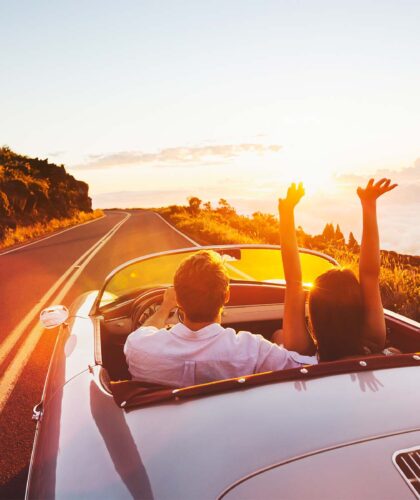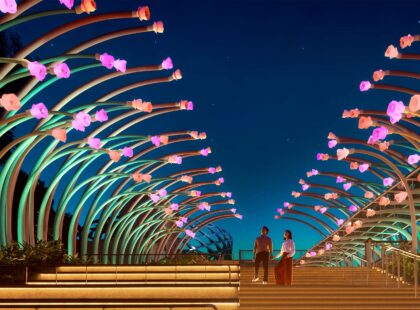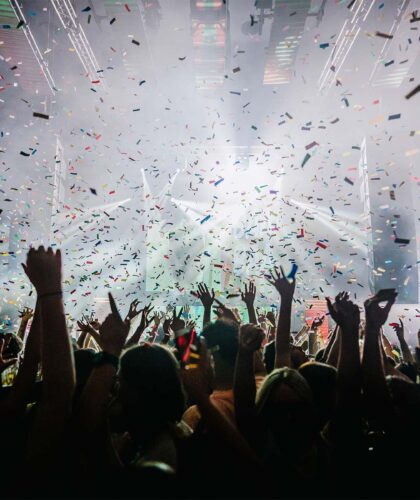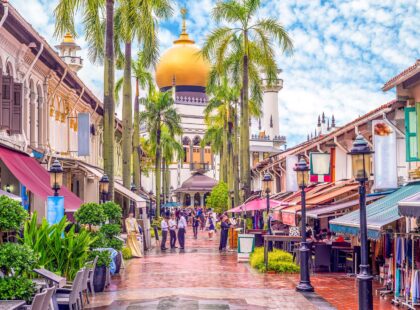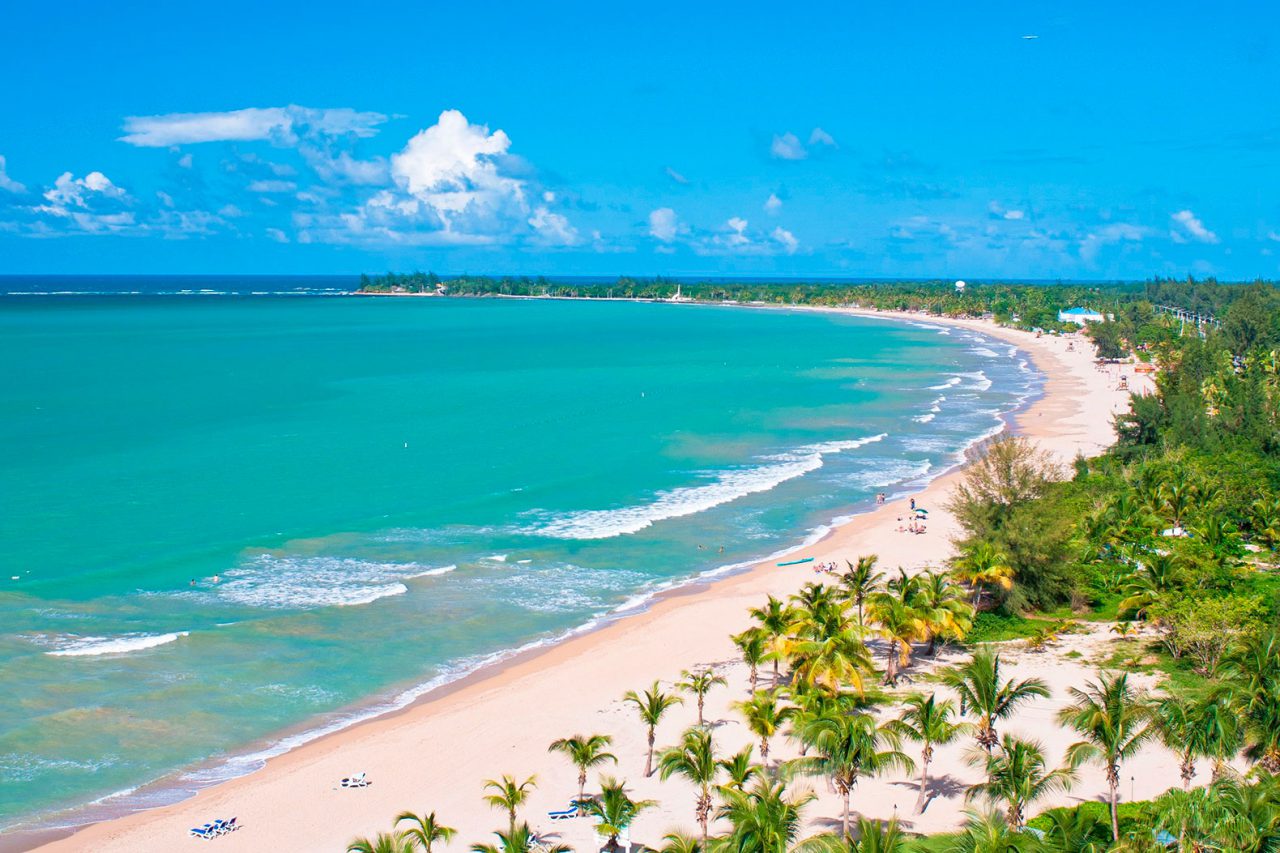
The Antilles archipelago extends from Cuba all the way to Trinidad off the coast of South America separating the Caribbean Sea and the Atlantic Ocean. The long chain of islands has served as an intermittent bridge between the continents for flora, fauna and humanity for millennia. These were the first islands the seafaring Europeans stumbled upon while searching for new trading routes five centuries ago.
Considered the smallest of the Greater Antilles, but the biggest of the Lesser Antilles, Puerto Rico’s exceptional geographical location smack in the centre of the archipelago provides it with exquisite natural resources and a long history of human habitation. For five hundred years, all the world’s super-powers have tried to claim a stake on this strategic port that is the gateway to the Americas. During the last century, Puerto Rico has been a territory of the United States, the latest empire to lay claim to this tiny paradise.
There are thousands of reasons to visit the ‘Island of Enchantment’ as it is also known, but there is a trifecta of activities that no visitor should pass when setting foot on Puerto Rico, a small island with a big island attitude.
Beaches
Puerto Rico has more than 700 km of coastline. You can throw a dart at the map and odds are that it will land on a postcard-worthy beach. Step out of the airport and within five minutes, dip your toes in the white sand and crystal-clear waters of Piñones Beach which is dotted with dozens of shacks serving fresh seafood and local dishes. Accompany that with a cold beer, salsa music blaring from speakers and the view of the Atlantic Ocean breaking on the reef along the seemingly infinite coastline and you’ll never want to get on that return flight ever again.
Alternative off-the-beaten-path beach: Flamenco Beach (above) in Culebra is consistently ranked one of the most beautiful beaches in the world. Culebra is a small municipal island off the east coast of Puerto Rico and a two-hour, US$5 ferry ride away. Well worth the trip.
Rainforests
The coastline gently raises towards the interior range of lush mountains that traverse Puerto Rico’s centre. Moisture from the trans-oceanic trade winds is trapped and transformed into a playground of rivers, pools and stunning waterfalls that nurture a gorgeous diversity of tropical wildlife.
El Yunque National Forest is only a 45-minute drive from San Juan, the capital city. An array of well-marked trails leads to popular waterfalls and observation towers. The thick canopy of enormous trees, giant ferns and bromeliads are full of song birds and endemic coquí frogs – the national symbol – that loves to sing under the rain.
Alternative off-the-beaten-path forest: Guánica Dry Forest Reserve (above) on the southwest coast is a UNESCO Biosphere Reserve. As the name implies, rain is scarce in the reserve yet it has more biodiversity than EL Yunque Rainforest. Be prepared for the heat but also for trails with great views of the Caribbean Sea, isolated stretches of coastline and crystal-clear warm Caribbean waters, and a coral reef that protects it all.
Historic sites
Puerto Rico’s 500 years of colonial occupation has left an amazing wealth of historic sites. The incomparable Old San Juan is one of the oldest, continuously inhabited colonial cities in the Americas. Once considered the most important port of entry into the American continent, the city is protected by two massive forts and a fortified wall that completely surrounds it.
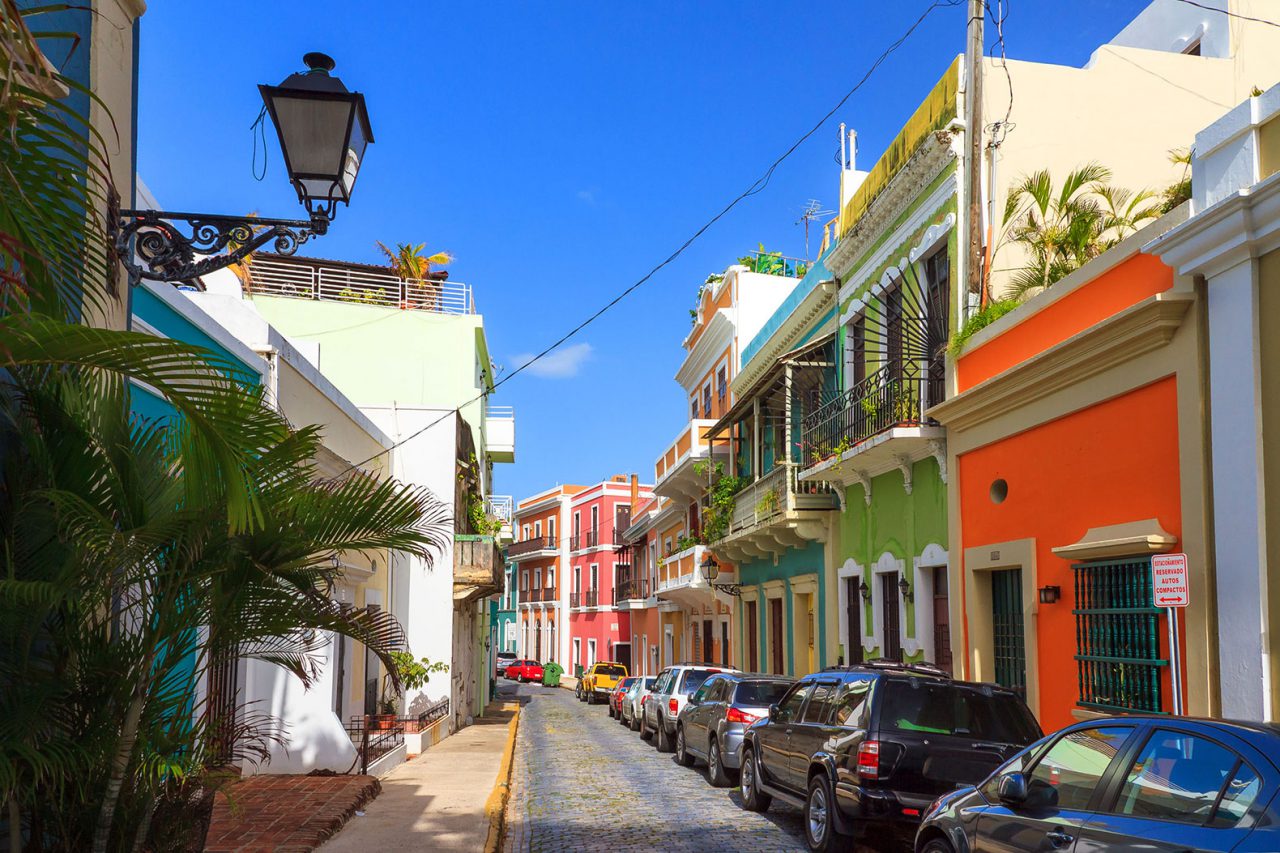
The colonial-era buildings (above) have been restored into exquisite hotels, national museums, art galleries and shops. Spend the day walking centuries-old cobblestone streets while enjoying the sweeping vistas of the Atlantic Ocean and San Juan Bay. Spend the nights exploring world class restaurants and centuries-old bars that serve up modern-day mixology magic.
Alternative off-the-beaten-path historic site: Drive up to the Cordillera Central (Central Mountains range) and travel further back in time to learn about the original inhabitants of the island, the Tainos. The Cagüana Ceremonial Indigenous Heritage Center (above) in Utuado hosts one of the best preserved pre-colonial era archaeological sites in the Antilles that include ceremonial plazas, many petroglyphs and indigenous artefacts in a peaceful, mountainous setting.
Tips from an insider
Glenisse Pagan is a social entrepreneur, co-founder of Harimau Conservation (a non-profit that does work in Indonesia and in Puerto Rico), an all-round business developer, yoga instructor and much more. She works closely with local business owners to develop strong communities and knows the island back to front. We ask her for a bit of insider knowledge and this is what we got:
Quintessential experience: There are many, but visiting one of the three bioluminescent bays (above) in the island is a must do. They are unique water bodies where bioluminescent microorganisms congregate, giving the water a surreal glow at night.
Favorite views: Sunsets at El Morro in Old San Juan. From high above the Atlantic Ocean and the historic Fort the sun sets setting aglow the north shore of San Juan.
Favourite weekend trip: On just a few days, you will have a plate full of flavours – beach, mountains, caves, city, towns, old city, adventure. I say, rent a car and head West. Stop at local restaurants and shops along the way. Check out the cave system on the North Shore or go zip-lining. Watch the sunset from Rincon (above), famous for its surf breaks. Then head south and experience the dry side of the island – go beach hopping all the way to Humacao. Next day, go to the rainforest in the East and hit the bioluminescent bay in Fajardo in the evening.
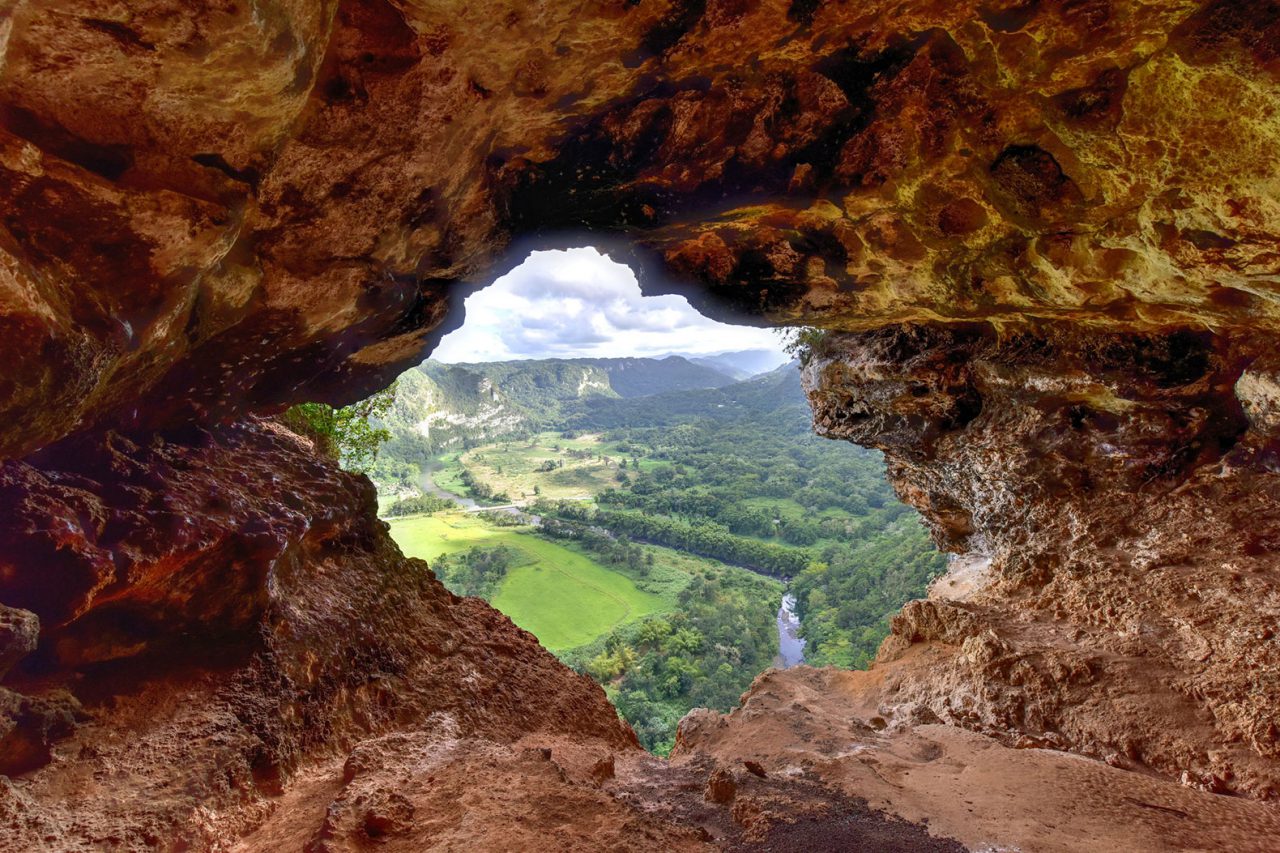
Best-kept secret: We have one of the largest cave systems in the world on the main island and on Mona Island off the West Coast.
Favourite dish: I will have tostones (twice-fried plantain slices) with everything! Mofongo – a main dish centred on a mashed plantain ‘ball’ – is a heavy dish but it is delicious. Plantains are a traditional staple for locals and we can prepare them in many ways. Plantain goes with everything.
– TEXT BY JOAQUIN ALONSO
PHOTOS: 123RF.COM, INSTAGRAM
This article was originally published by Singapore Press Holdings.

